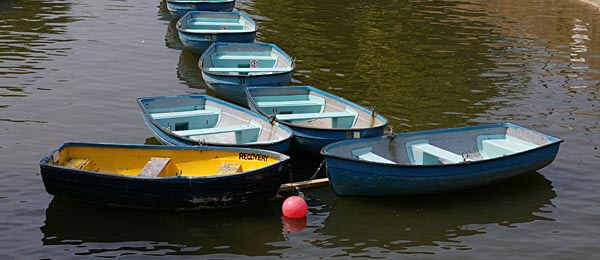
The Royal Military Canal was built during the Napoleonic period as part of the defenses of the southern shores of England. With Napoleon in control of most of the Continent, England feared invasion. While there had not been a successful full scale invasion in more than 700 years it remained a constant fear. The concept was that the French forces would have to cross the marshes of Kent and the fortified canal would slow their advance.
In the past the plan had been to flood the marsh in order to make it impassable, however when invasion became more and more likely the wisdom of depending on an untried system was questioned. A Lt. Colonel named Brown instead proposed the defensive canal. Browns original proposal was for a 19 mile canal but eventually William Pitt (PM) and the Duke of York expanded the canal system to 28 miles, with 22.5 being a canal and the remainder being channelized river.
Like so many massive construction projects in the 19th century construction problems cropped up almost immediately. Work had begun in late October of 1804, but by May the following year only about 6 miles had been constructed. Pitt removed the contractors and the general designer (a man named Rennie who had also built major bridges on the Themes). At that time the project was turned over to the Quartermaster-General of the Army. The fortifications were constructed directly by the Army, while the canal itself was built by new construction crews. Flooding was a constant problem (as one would expect) and eventually a system of steam pumps were brought in.
As with many projects of this sort actual work was completed after the threat of invasion had ended. The government had a large canal whose purpose had never been tested, but for which they had paid a great deal of money. The decision was made to open the canal for barge traffic, but sadly it was never much of a success for transport. The development of the railways put an end to that by the 1850s. Now the canal is used to control the water level in the marshes bringing an originally military project into the realm of environmental protection.
Photo by Andrea Kirkby on flickr
You should follow me on twitter here.